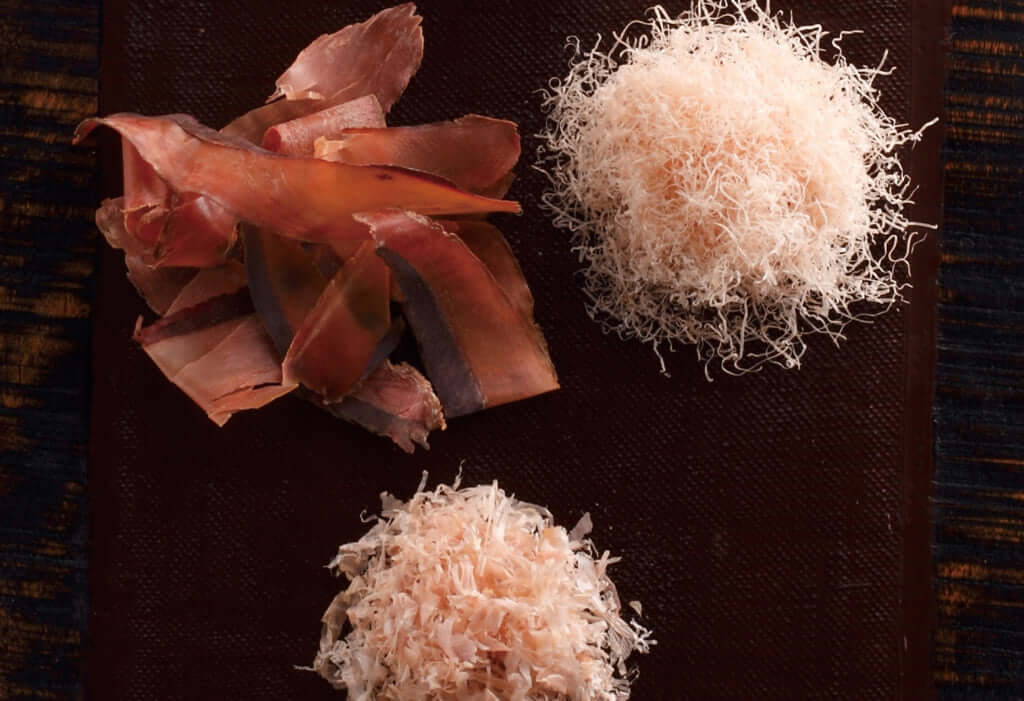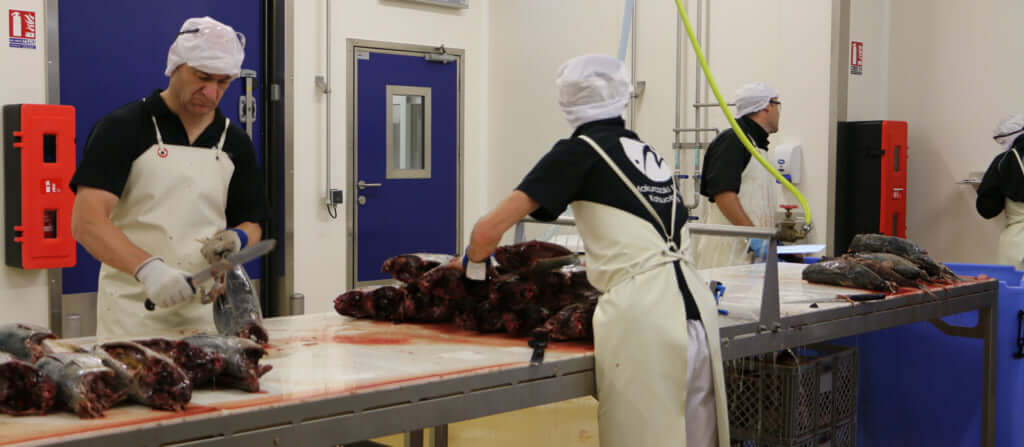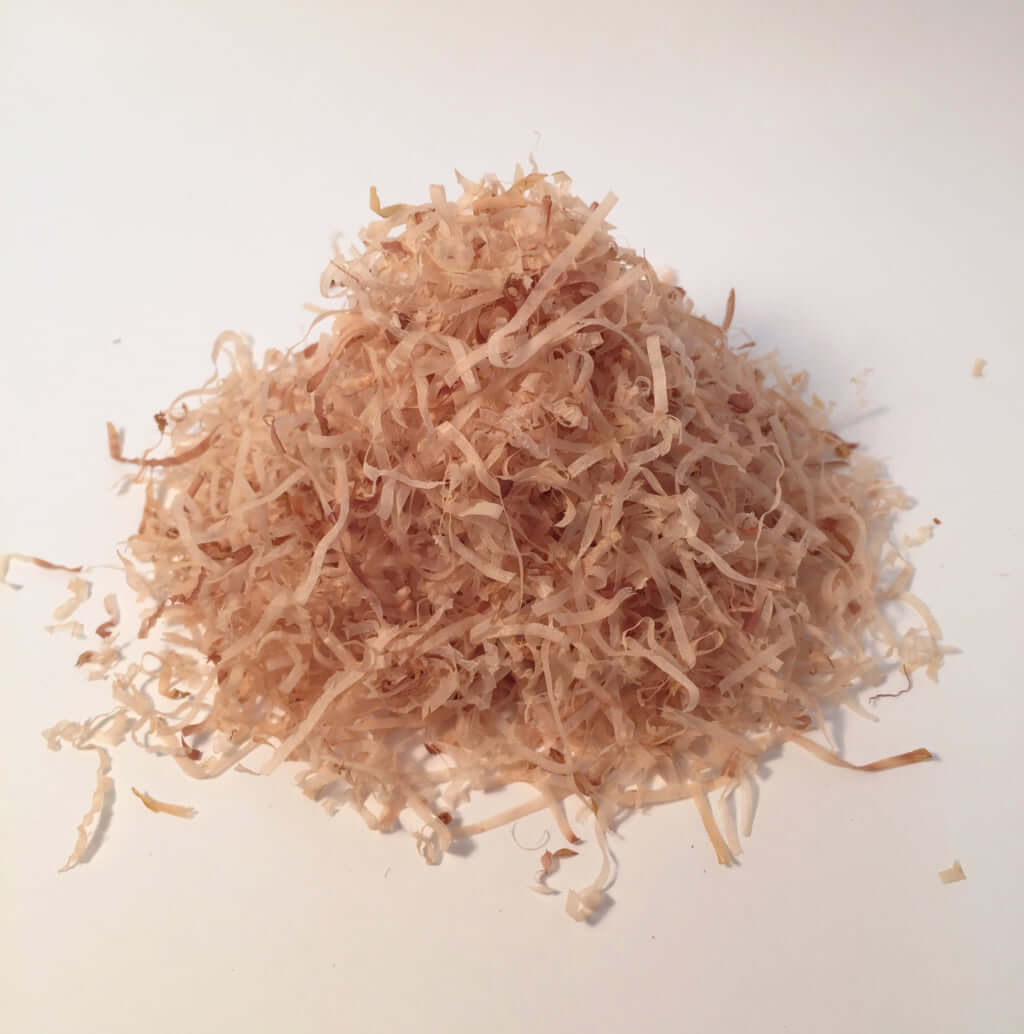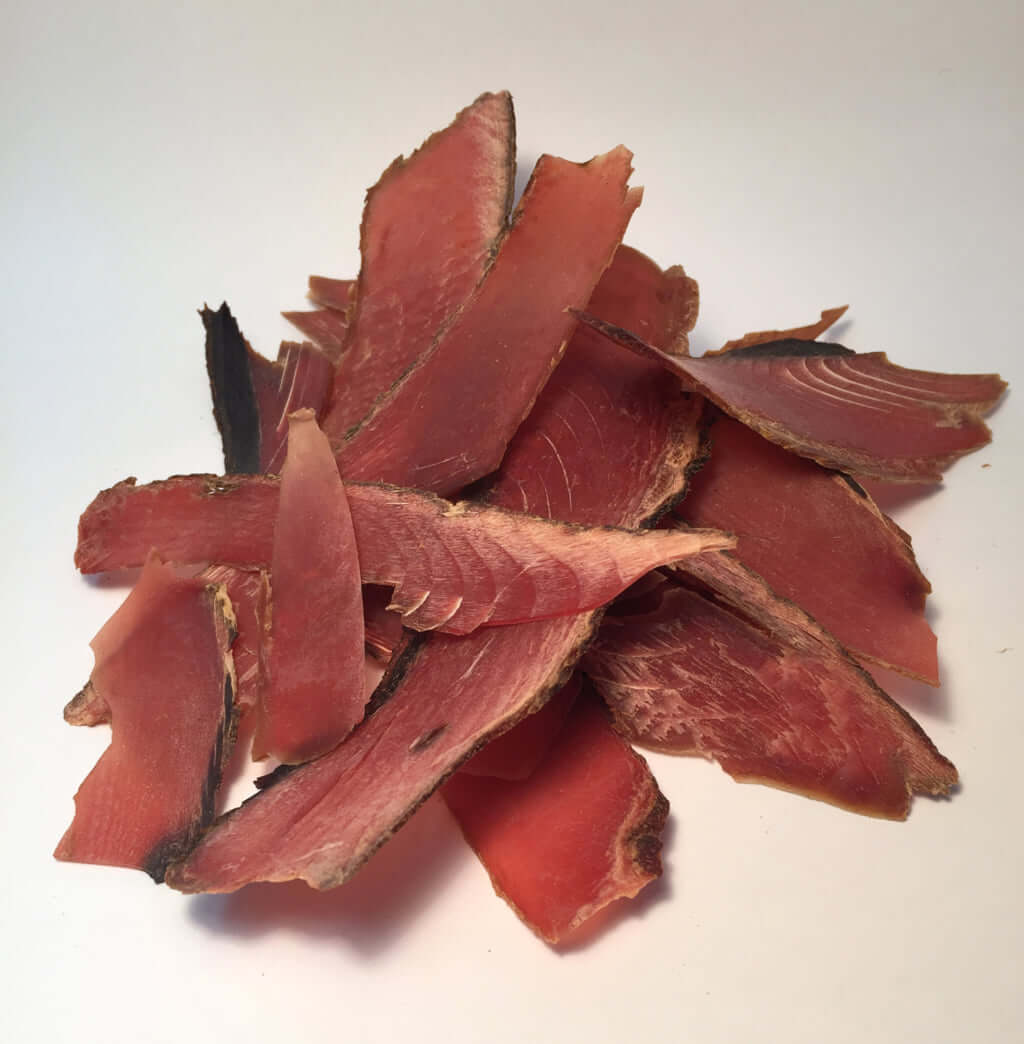A Japanese Factory Producing Dried Bonito in the Heart of Brittany
In Concarneau, the Japanese Makurazaki factory produces dried bonito or katsuobushi, a base ingredient in traditional Japanese cuisine.

©Makurazaki France Katsuobushi
While Concarneau, the small jewel in the heart of Finistère, is better known in France for its bay, fishing port and fortifications, it is for a very different reason that its name is familiar in Japan.
It is in this small town in Brittany that the Japanese Makurazaki factory, named after the city of the same name south of Kyushu, set up a branch to produce dried bonito or katsuobushi, made by smoking, fermenting and drying bonito, and one of the primary ingredients in traditional Japanese cuisine.
But why develop a production unit in the heart of Brittany (the only one in France and the second in Europe) rather than simply exporting? ‘In Japan, bonito has been made using the same technique since 1708, in a very rustic way. It is therefore less restrictive for them to create an infrastructure here than to bring their plants in line with European standards’, explains Gwenaël Perhirin, Director of Makurazaki France,
Respecting Japanese traditions
The adventure began in autumn 2016, when the space opened following almost two years of work, during which the organisation of the factory was carefully considered and the product tested countless times, to produce katsuobushi worthy of the name.
‘It was the result of a real team effort’, recalls Gwenaël Perhirin. ‘Two craftsmen specialised in cutting and smoking-drying and another in woodchip smoking came until summer 2018 to train workers in production for 2-3 weeks every month and a half. The real challenge was to create katsuobushi according to Japanese standards, while adapting it to a modern context’.
An artisanal process
In 2019, the French Makurazaki factory employed six people and mainly produced arabushi katsuobushi: unfermented tuna fillets with a fermented surface following smoking and drying. It also works on developing new products, still smoked and dried, based on sardines (iwashibushi), horse mackerel (ajibushi) and mackerel (sababushi).
There is also a shipping line in Concarneau, fishing for skipjack tuna in the Indian Ocean according to very strict specifications. The fish, once caught and frozen, is then chartered to the Breton port before being cut into fillets and cooked. ‘Most of the operations such as cutting, topping or evisceration are done by hand, with a standardised Japanese knife’, says Perhirin.
Next come the stages of smoking with wood chips and drying, to give the fish its smoked taste. We know no more, however; the Japanese manufacturing secrets are closely guarded. All that remains to do is mature and package the dried fish shavings.
From Concarneau to the great chefs’ kitchens
The fish then makes its way into the hands of the greatest Breton and Parisian chefs, like Julien Lemarié, head of the Michelin starred restaurant Ima in Rennes. ‘We use it mainly to make our dashis (broth, ed). We cannot quite replicate the taste as it is in Japan, especially because the bonito is not fermented. It therefore has a hint of Breton identity that we appreciate’, says the chef who spent five years in Japan and who is always seeking to add a little foreign twist to his local cuisine. ‘It is important for us to work with local people, especially as they are very attentive, particularly to our feedback to improve the quality of their product again and again’, continues Julien Lemarié, who currently serves bonito as an infusion with kombu and galanga.
One of the greatest achievements for Gwenaël Perhirin and his team is the fact that Makurazaki supplies Eiryo Kudo, the head of the Japanese Embassy in Paris, who served his katsuobushi when the new Japanese emperor was visiting the city. ‘It seems that he enjoyed his meal’, Gwenaël Perhirin reports happily. A twinning project between Makurazaki and Concarneau is also planned. Gwenael Perhirin and the Makurazaki factory team surely never dreamt of such success.

©Makurazaki France Katsuobushi

©Makurazaki France Katsuobushi

©Makurazaki France Katsuobushi

©Makurazaki France Katsuobushi
TRENDING
-
A Rare Japanese Garden Hidden Within Honen-in Temple in Kyoto
Visible only twice a year, ‘Empty River’, designed by landscape architect Marc Peter Keane, evokes the carbon cycle.

-
Colour Photos of Yakuza Tattoos from the Meiji Period
19th-century photographs have captured the usually hidden tattoos that covered the bodies of the members of Japanese organised crime gangs.

-
Recipe for Ichiraku Ramen from ‘Naruto’ by Danielle Baghernejad
Taken from the popular manga with the character of the same name who loves ramen, this dish is named after the hero's favourite restaurant.

-
Modernology, Kon Wajiro's Science of Everyday Observation
Makeup, beard shape, organisation of cupboards and meeting places: all of these details decipher 1920s Tokyoites.

-
Hitachi Park Offers a Colourful, Floral Breath of Air All Year Round
Only two hours from Tokyo, this park with thousands of flowers is worth visiting several times a year to appreciate all its different types.





